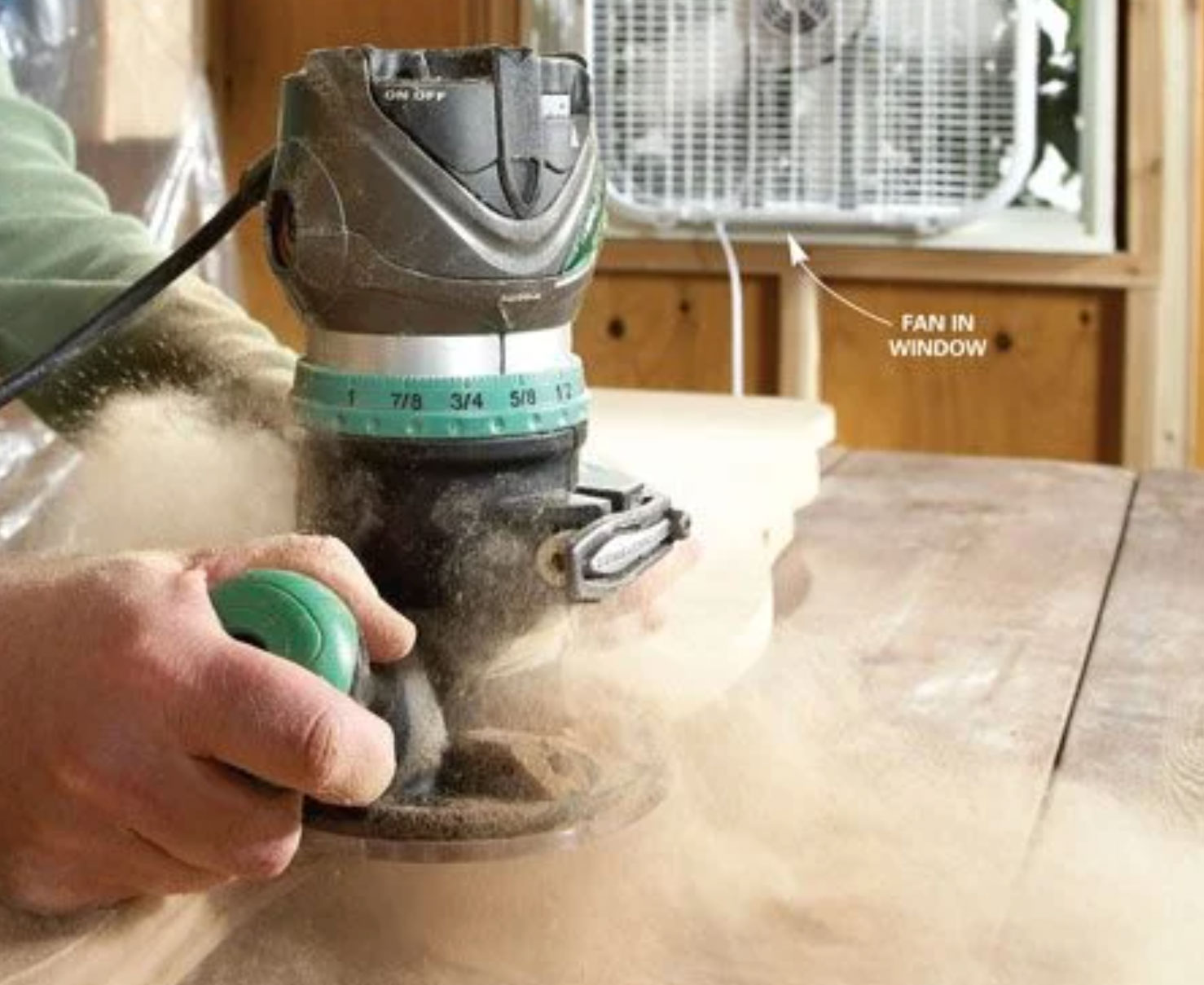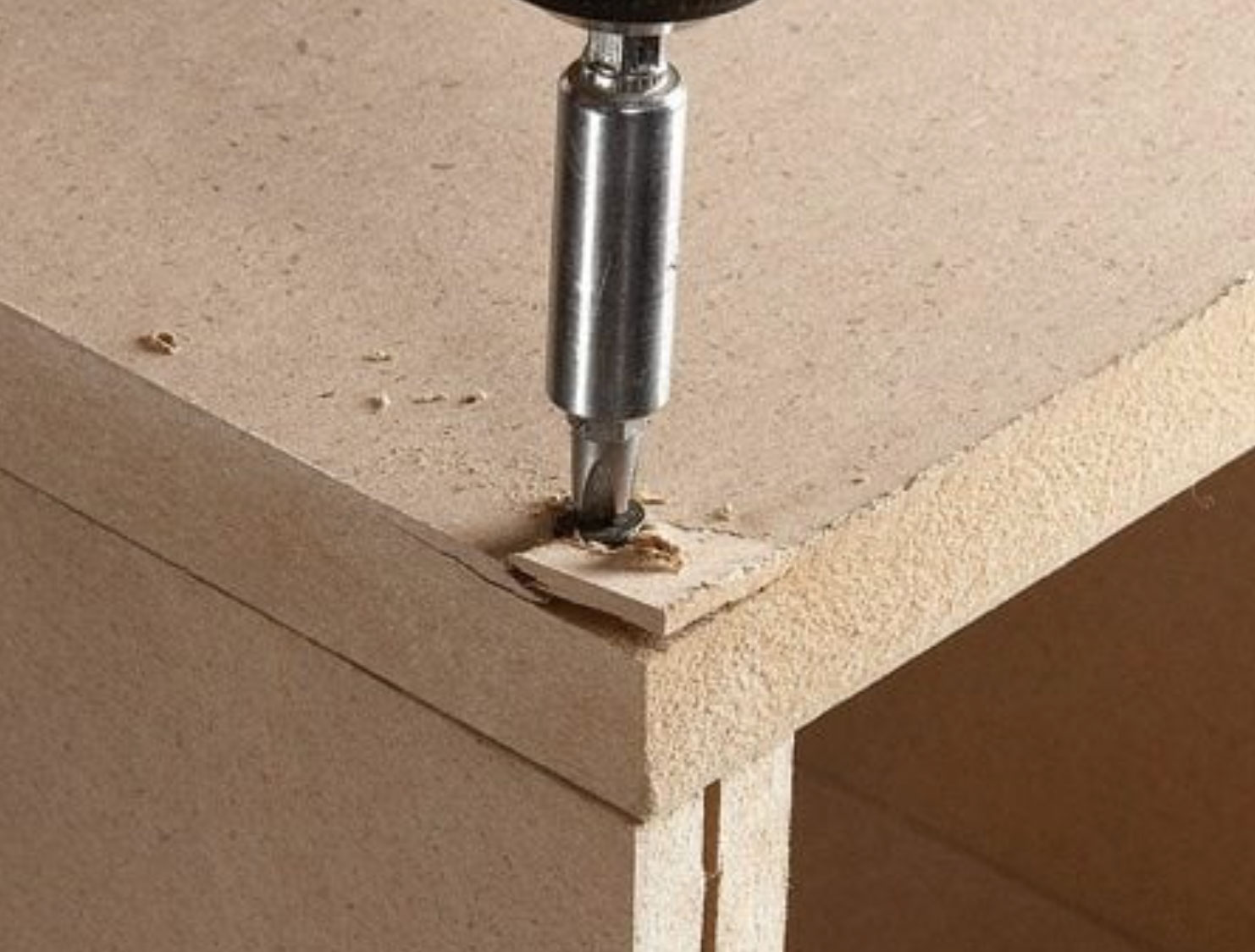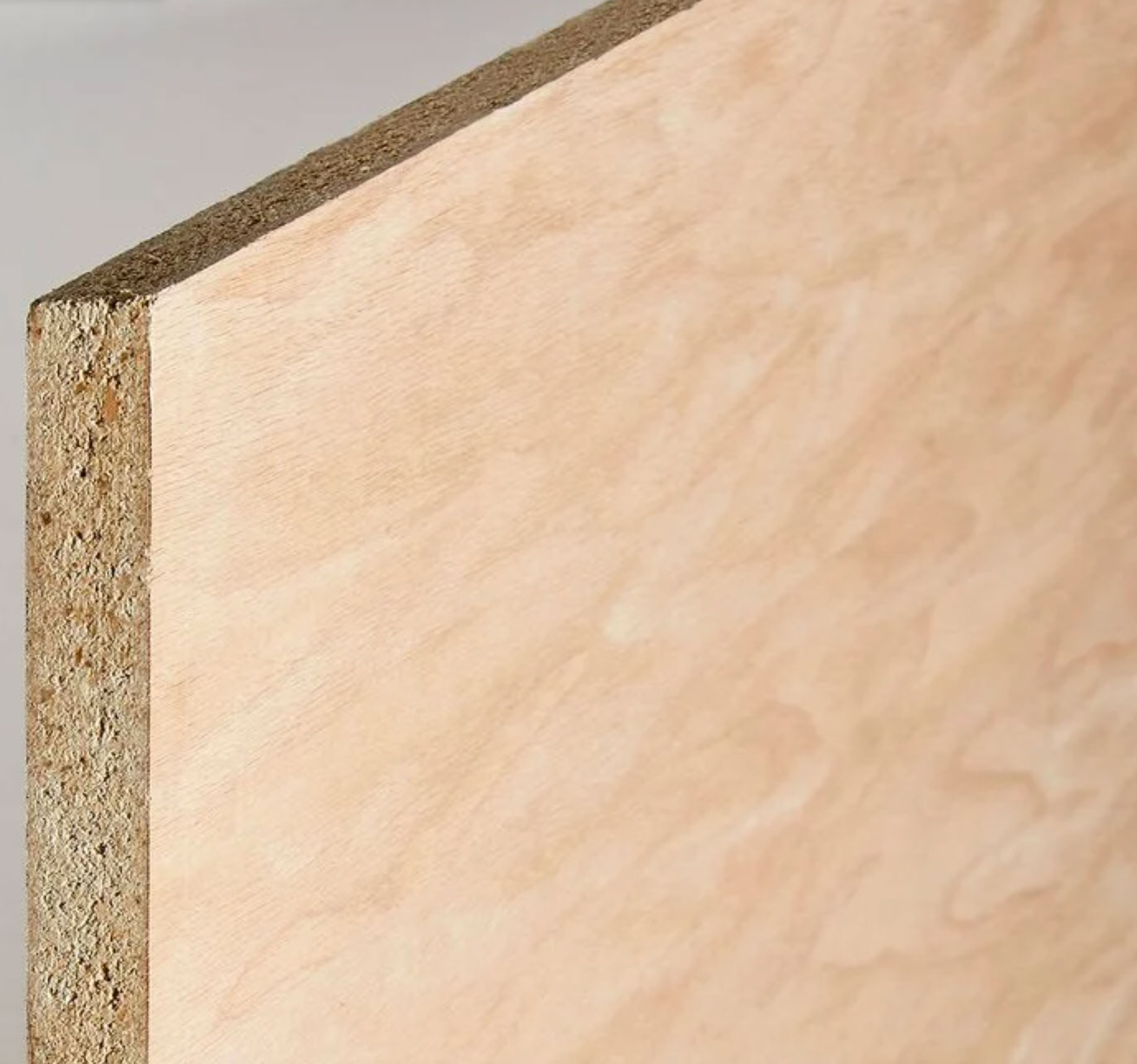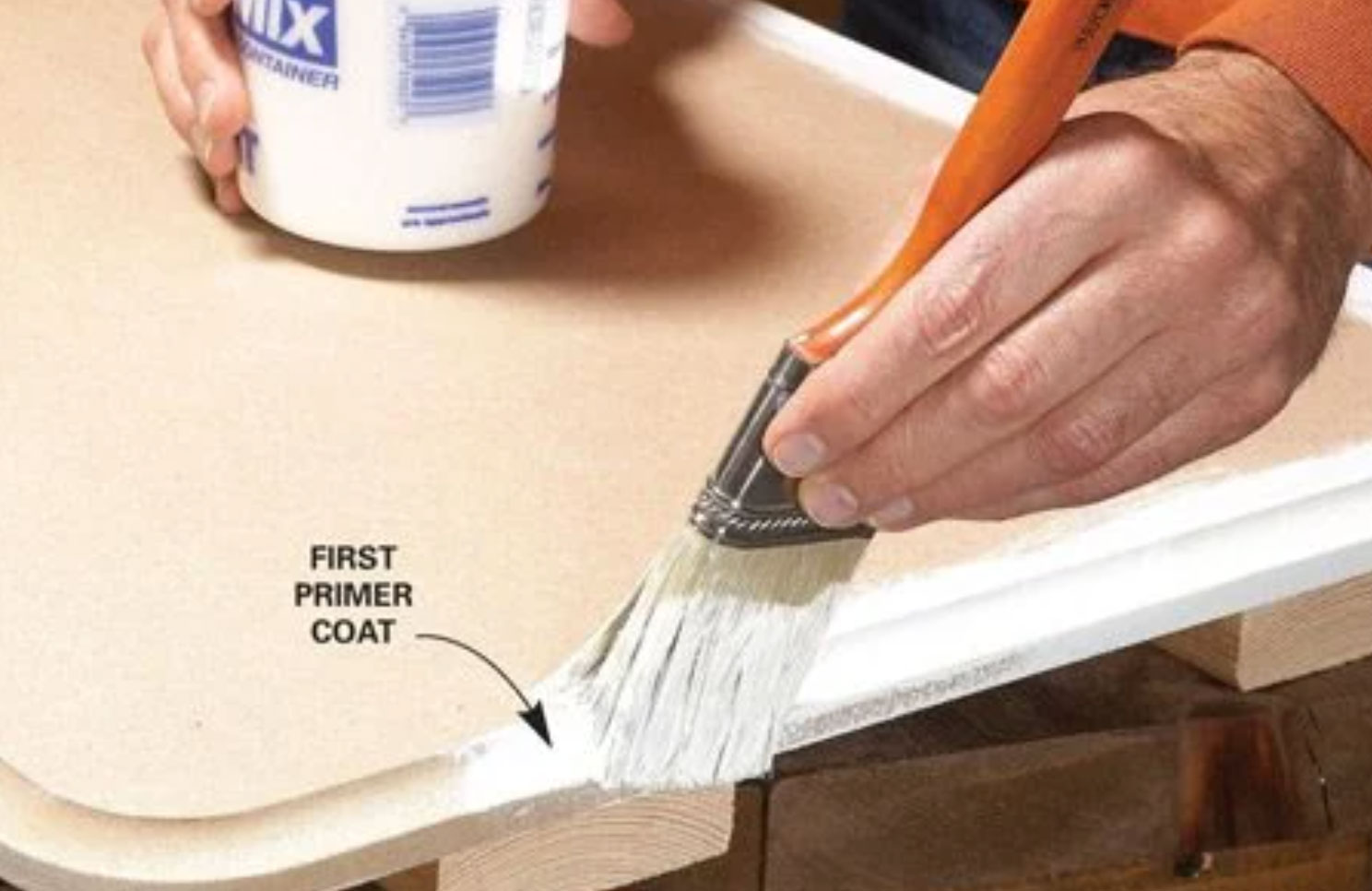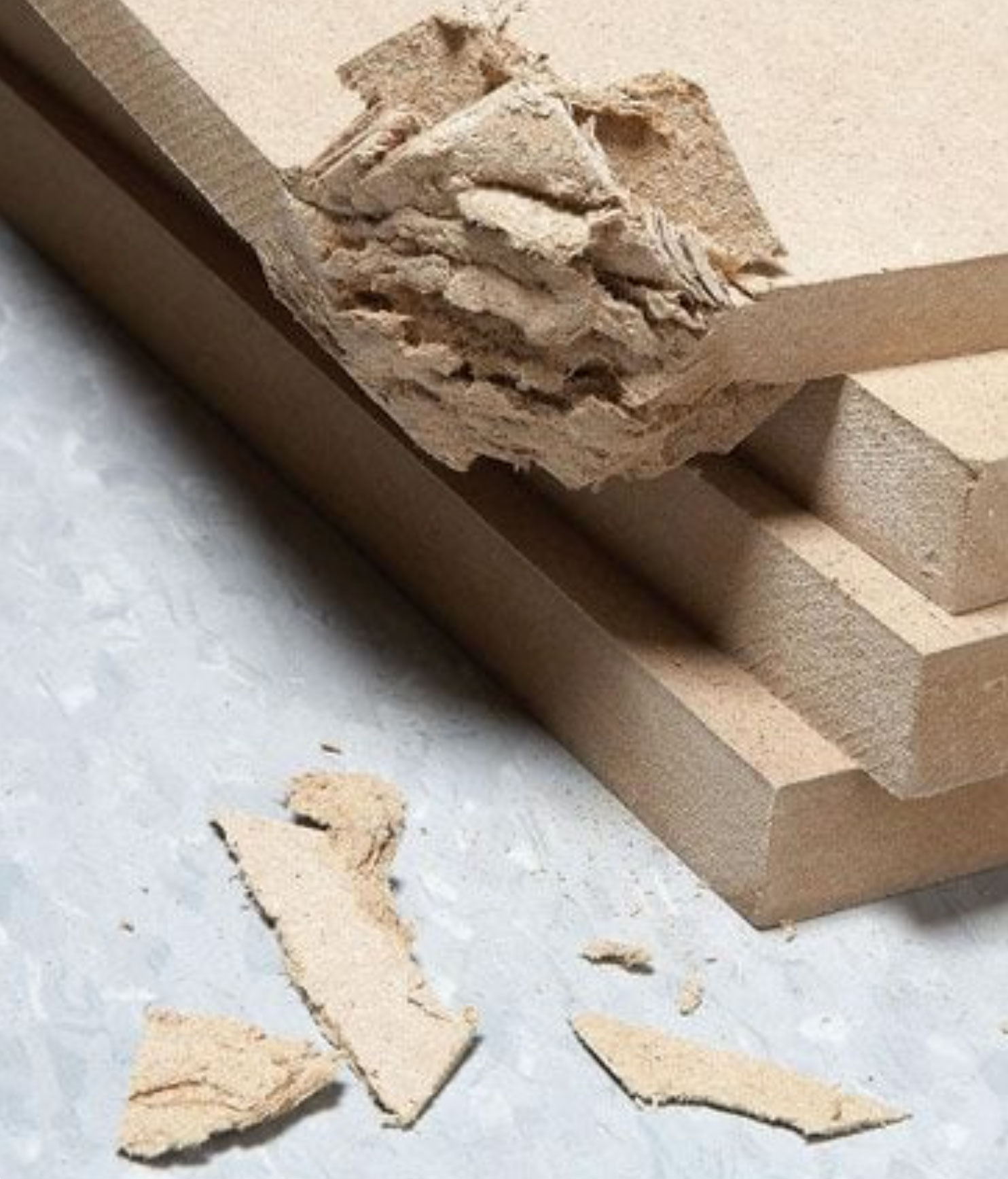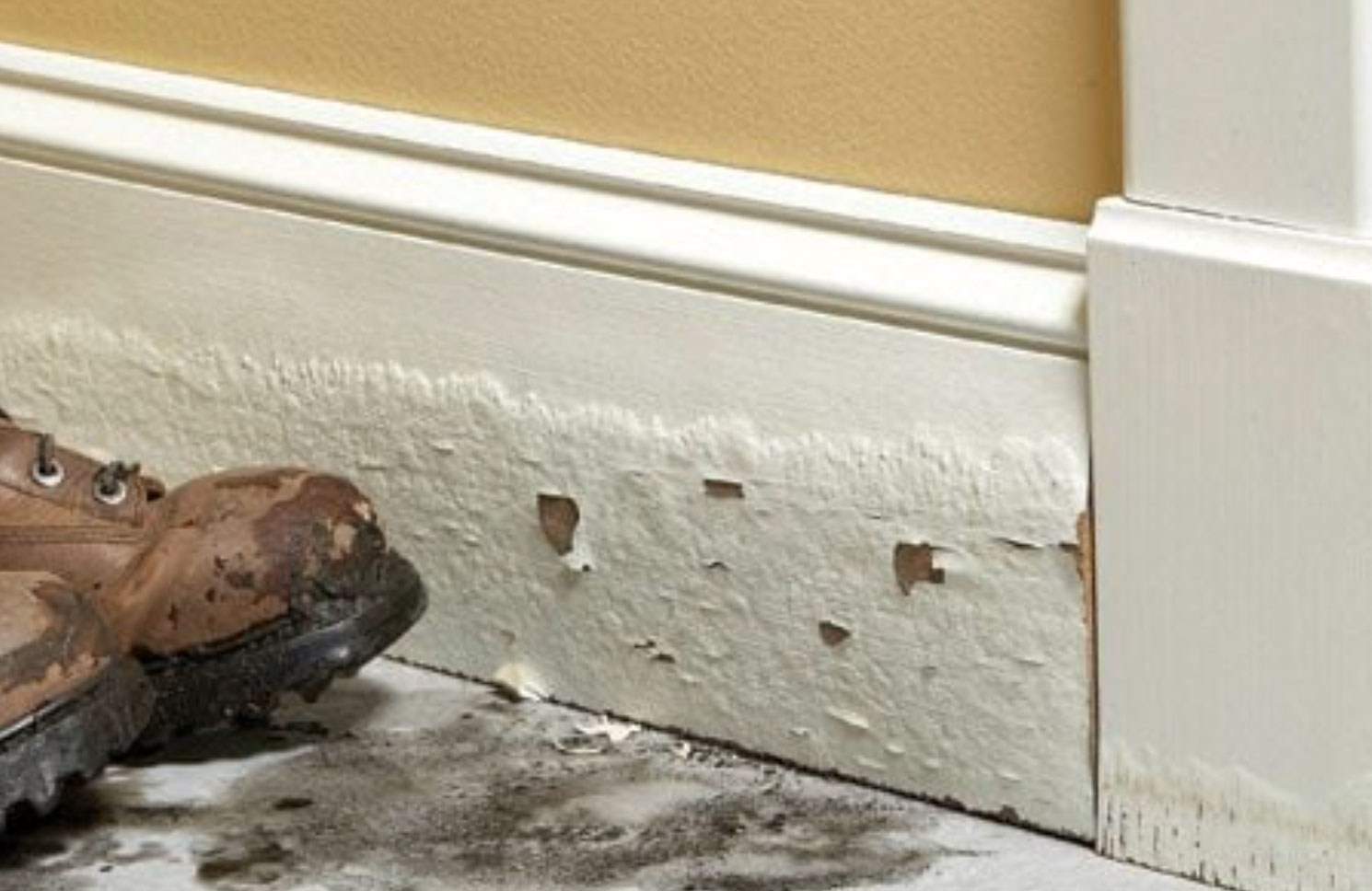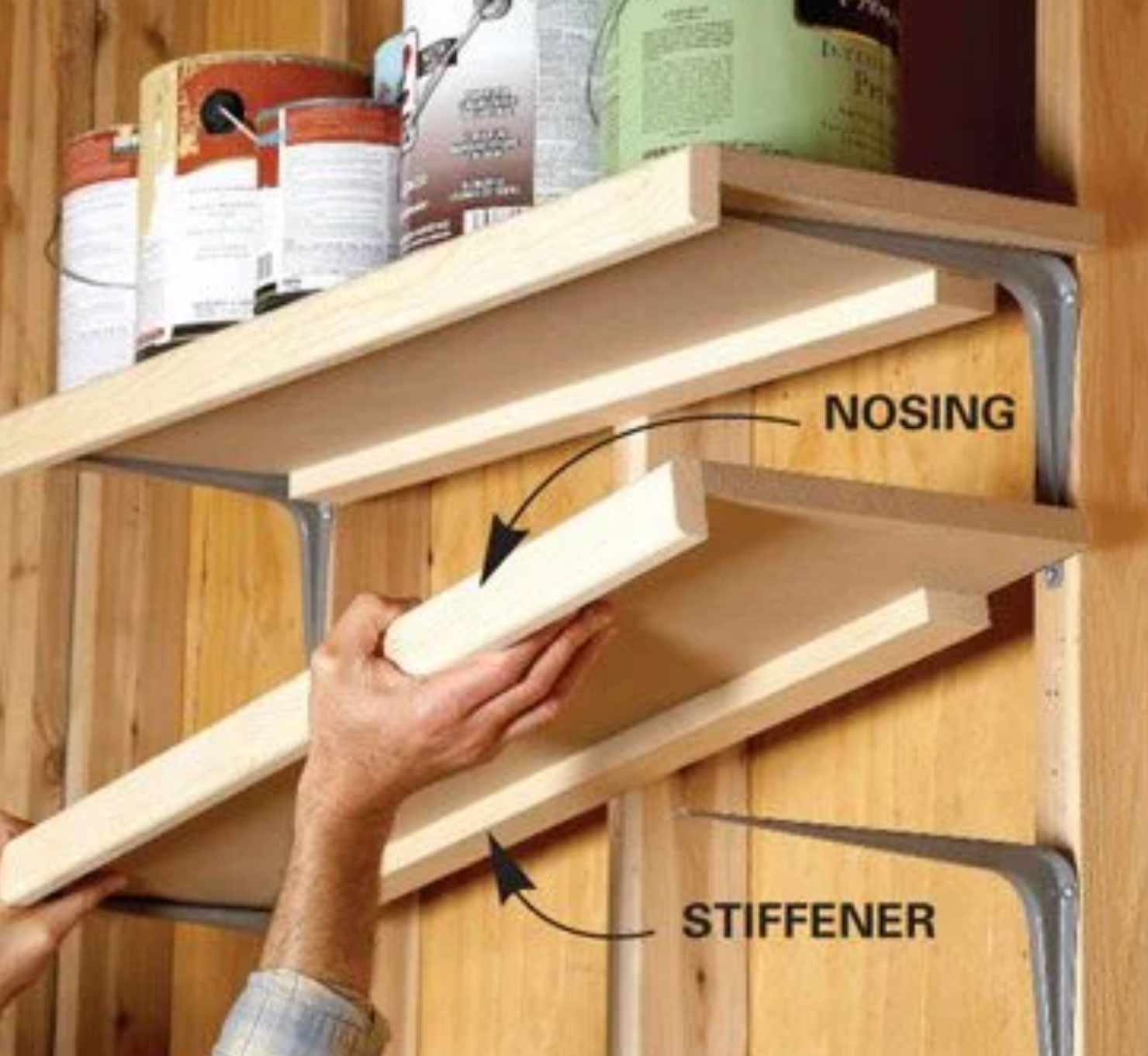Overview of MDF wood
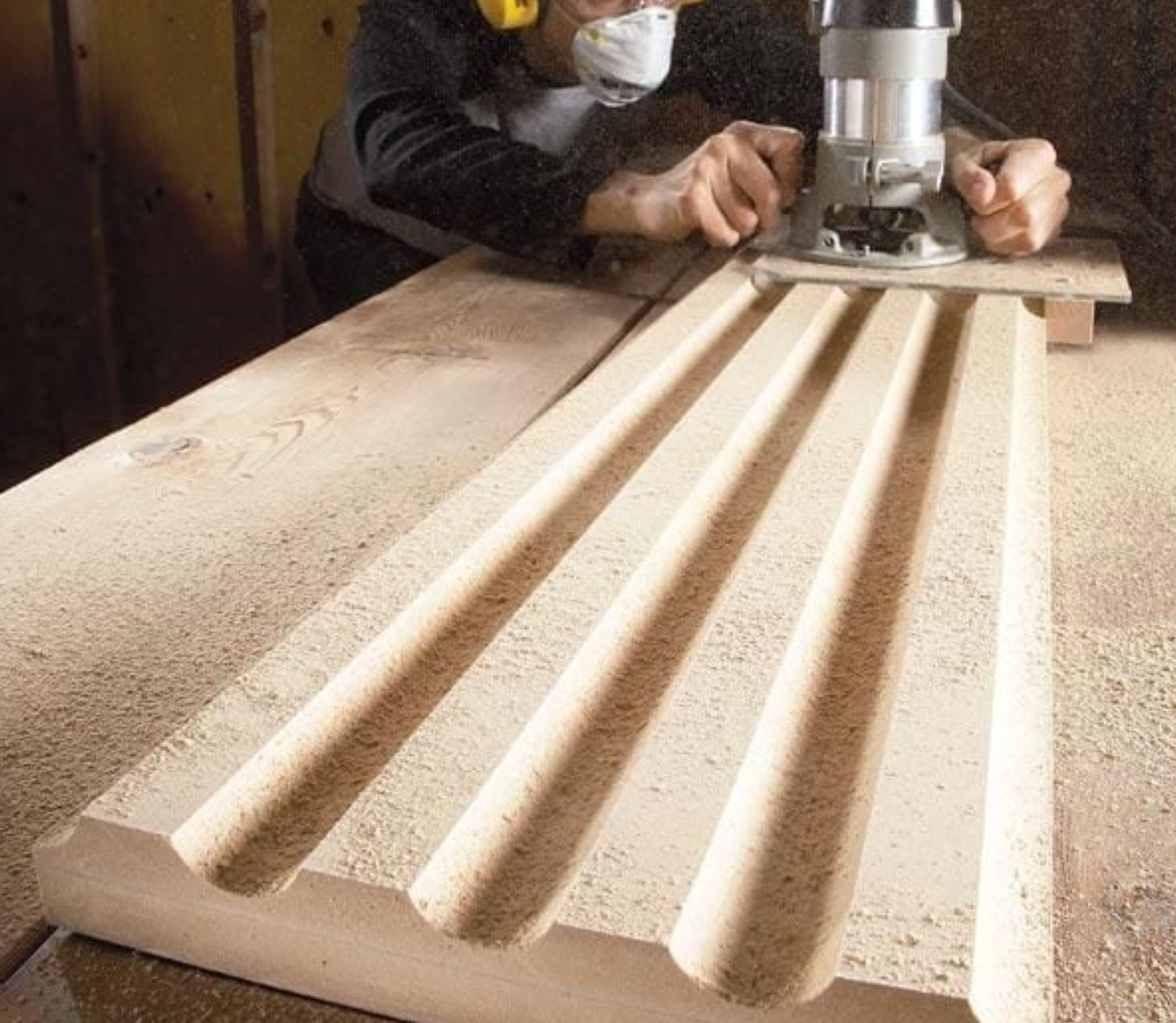
Medium-density fibreboard is the most versatile building material I know of. Because it’s inexpensive and fairly durable, medium density fibreboard is a good choice for practical projects like shelving and storage cabinets. But MDF wood is great for decorative projects too. The smooth surface of medium density fibreboard is perfect for painting, and a router leaves crisp profiles with no splintering, burning or tear-out.
Over the past 15 years, I’ve used MDF to build everything from crude shelving in my shop to fancy trim in upscale homes. I’ve even used it for furniture and ornate millwork like detailed trim boards. In fact, my own home is entirely trimmed out with MDF mouldings made from about 50 sheets of MDF. Yes, I’m a fan of the stuff. This article will cover the most important things I’ve learned about working with MDF – and help you avoid some of the frustrating mistakes I’ve made.
MDF is basically sawdust and glue, fused together under pressure and heat. It varies in colour from tan to chocolate brown. Common thicknesses range from 3mm to 18mm, but can go up to 25mm or 32mm thick. Full sheets are 3600 x 1200mm, while other sizes include 2440 x 1220mm or 1200 x 900mm. Working with MDF is no different from working with wood or plywood; you use the same tools to cut and shape it.
Check out these 28 brilliant woodworking tips for beginners.
Make your own trim
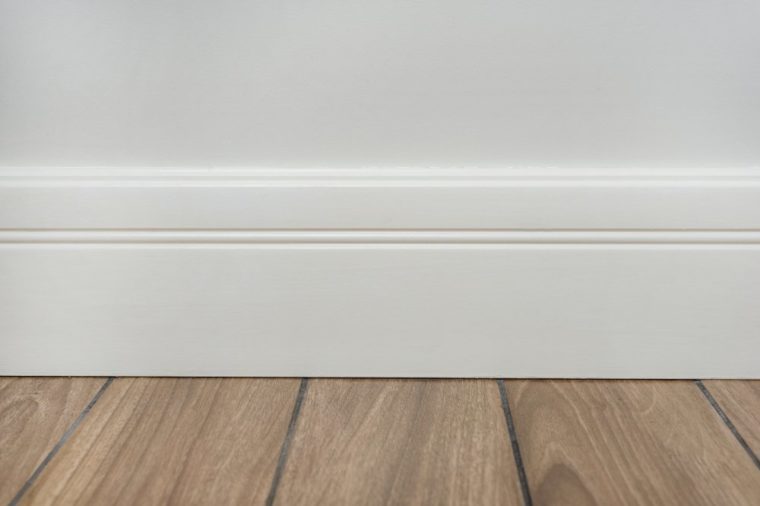
When a job calls for painted trim, I almost always cut costs with MDF. Even inexpensive wood can cost four times as much. To make trim, I cut MDF sheets into strips and shape the edges with a router or router table. With the right bit, I can create just about any trim profile, simple or fancy. Hardware stores also carry ready-made MDF wood trim for less than the price of solid wood.
Combine MDF with wood mouldings
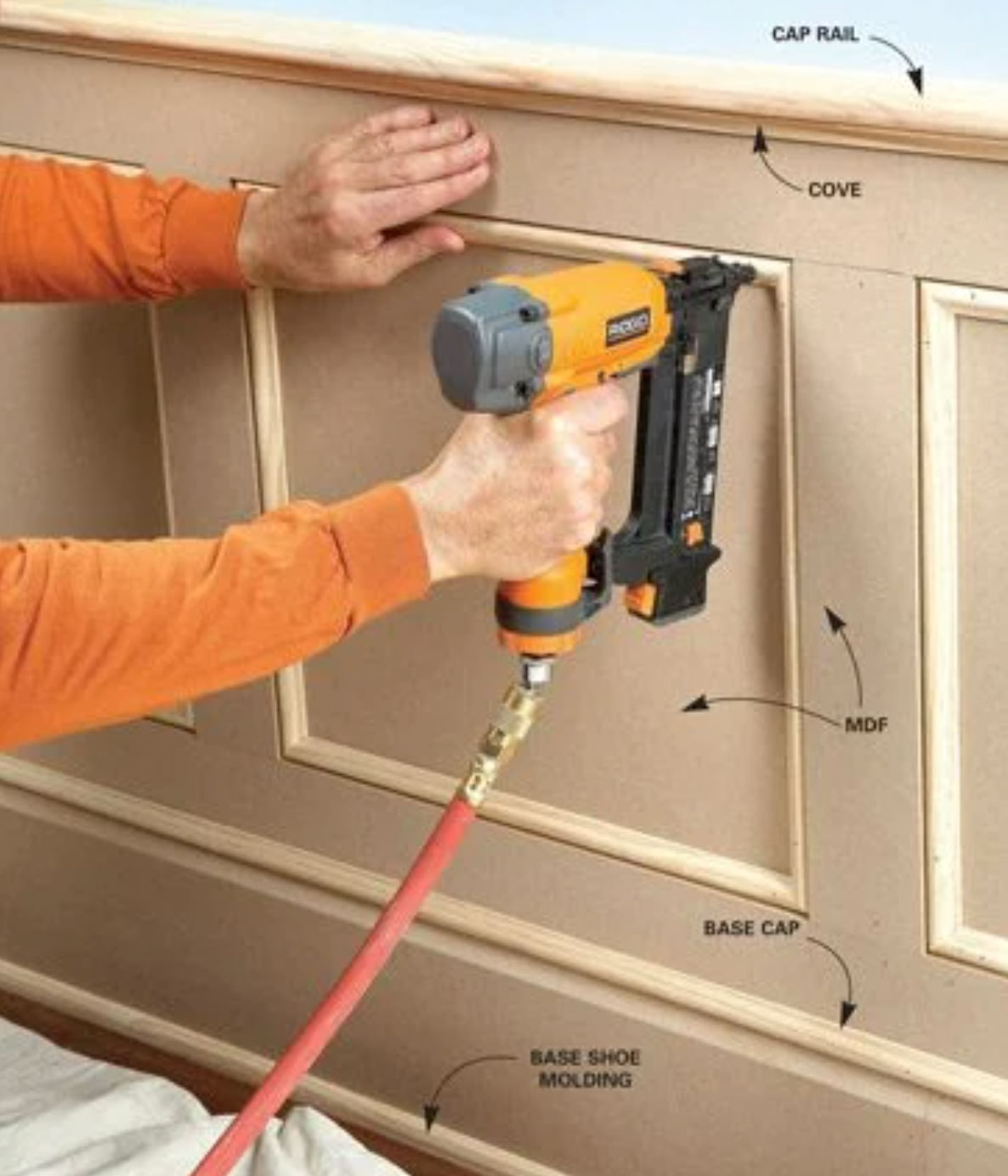
Here’s one of my favourite tricks for painted trim, cabinets or even furniture: Use MDF for the large, plain parts and dress them up with wood mouldings like base cap, coves or base shoe. That gives you the money savings of MDF without the time-consuming work of making MDF trim from scratch.
The wainscoting shown here, for example, is simply panels and strips of 18mm MDF trimmed with inexpensive, small-profile pine mouldings. The cap rail is likely to take a beating from chairs, so I make that from wood instead of MDF. Once coated with primer and paint, the wood and MDF wood parts will look exactly the same.


